
Tourist Information
Welcome to UJI
The city of Uji is centrally located around the beautiful Uji River, and is graced with many temples and shrines, which is indicative of Uji city's long history and rich culture.
You can also find here two UNESCO World Heritage sites:Ujigami Shrine and Byodoin Temple registered in December, 1994.
Between the 15th and 16th centuries, this area was the location of many battles as various Shogun's fought for control of Japan.
When you read Japanese classics such as "Nihon-Shoki"(the Chronicles of Japan) and "Manyoshu" (the Anthology of Myriad), you can find the Uji name, which is also the main setting for the "Ten Chapters of Uji" in The Tale of Genji, the oldest and one of the most famous love stories in the world.
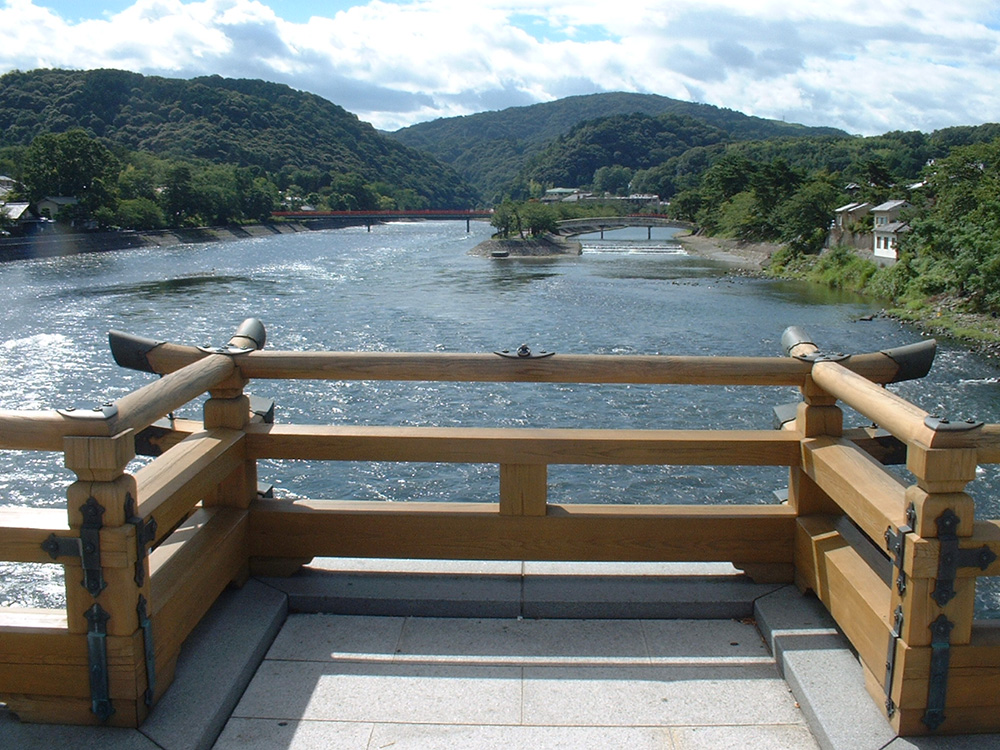
Since that time, Uji has enjoyed many peaceful years and has become a cultural center of Japan, growing in size and beauty each year. Uji city has many historical sights and famous cultural specialties.
Uji Green Tea is the best and most famous Japanese Tea. Please enjoy it in traditional tea houses and ceremonies.
Experiencing the traditional green tea service is the essence of Japanese culture and history.
Enjoy this tradition at Taihoan, the municipal tea ceremony house which offers a beautiful view of the Uji River. Another cultural experience you should not miss is Oubakusan Manpukuji Temple, home to one of Japan's three Zen sects (the Oubakuso Sect), and Mimurotoji Temple which is the tenth pilgrimage point('fuda-sho') of 33 regularly visited temples in the Western part of Japan.
The atmosphere of by-gone eras permeates all these properties. Enjoy them !
Tourist Information
Uji and Green Tea
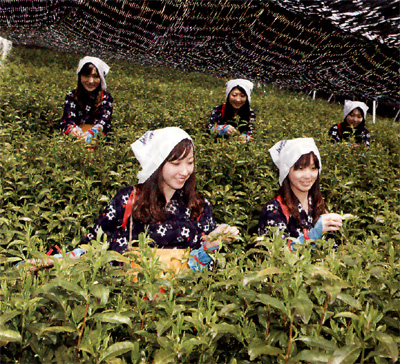
Taihoan
Admission : \1000
Tea (Matcha or Sencha
Open : 10:00a.m. - 4:00 p.m.
Opening period : January 10 - December 20
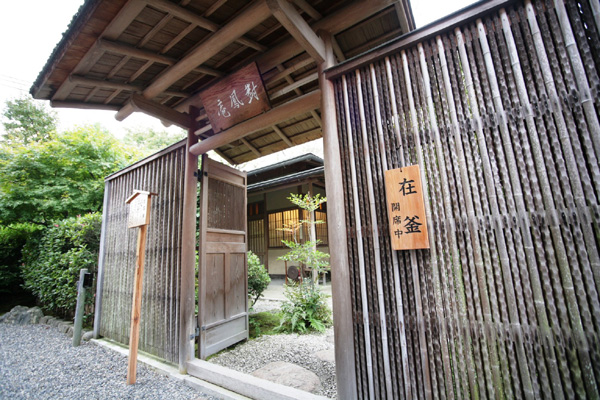
The Tale of Genji and UJi City
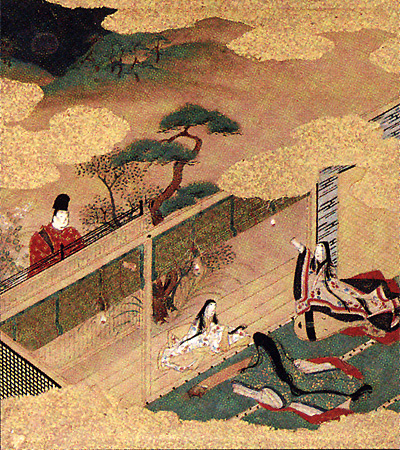
While the story consists of 54 individual chapters, the Tale of Genji actually divides into three distinct parts.
The first part tells the story of the principle hero, known as the “Shining Genji”, continuing from his birth to his best years when his power and achievements were at their height. The second part follows his later life, decline and final misery. The third part moves on to the generations succeeding Genji, the intertwining stories and tragic love affairs pursued by his son Prince “Kaoru” and his grandson Prince “Niou”.
The Tale is known as one of Japan’s foremost literary masterpieces, and hailed for its subtle depictions of character psychology and individuality.
The final chapters, from chapter 45, titled “Hashi-hime” until the last chapter “Yumeno-Ukihashi”, are often called the “Ten Chapter of Uji” because the main stage of this magnificent literary work are all set in Uji city.
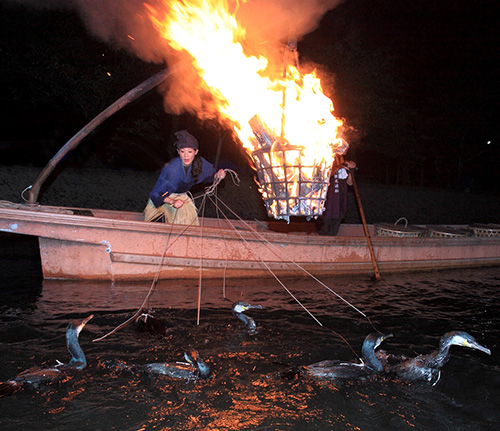
Cormorant Fishing (Ukai) at Uji River
(July 1 - September 30)
You will be very impressed at wonderful performances by the fishermen their cormorants, and the fire reflecting on the water.
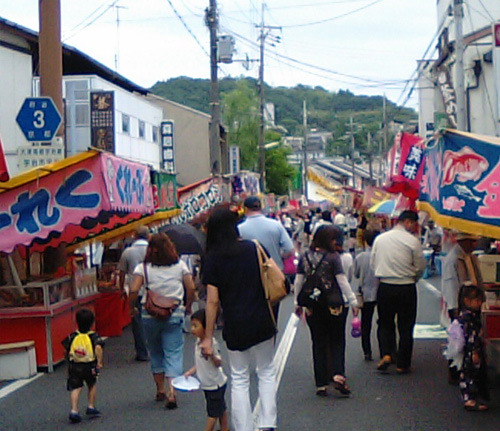
Agata Festival
(June 5 and 6 )
In daytime, many people, including children, enjoy the many vendors providing fun along the street.
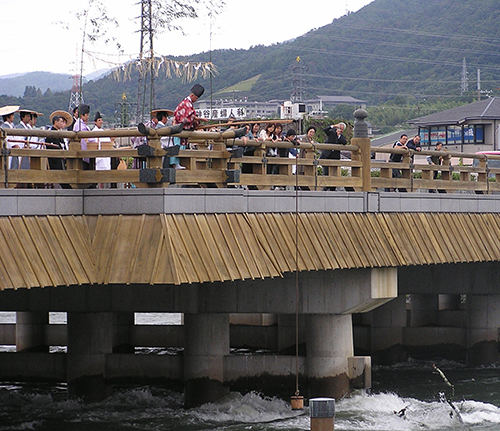
Uji Green Tea Festival
(first sun, in October)